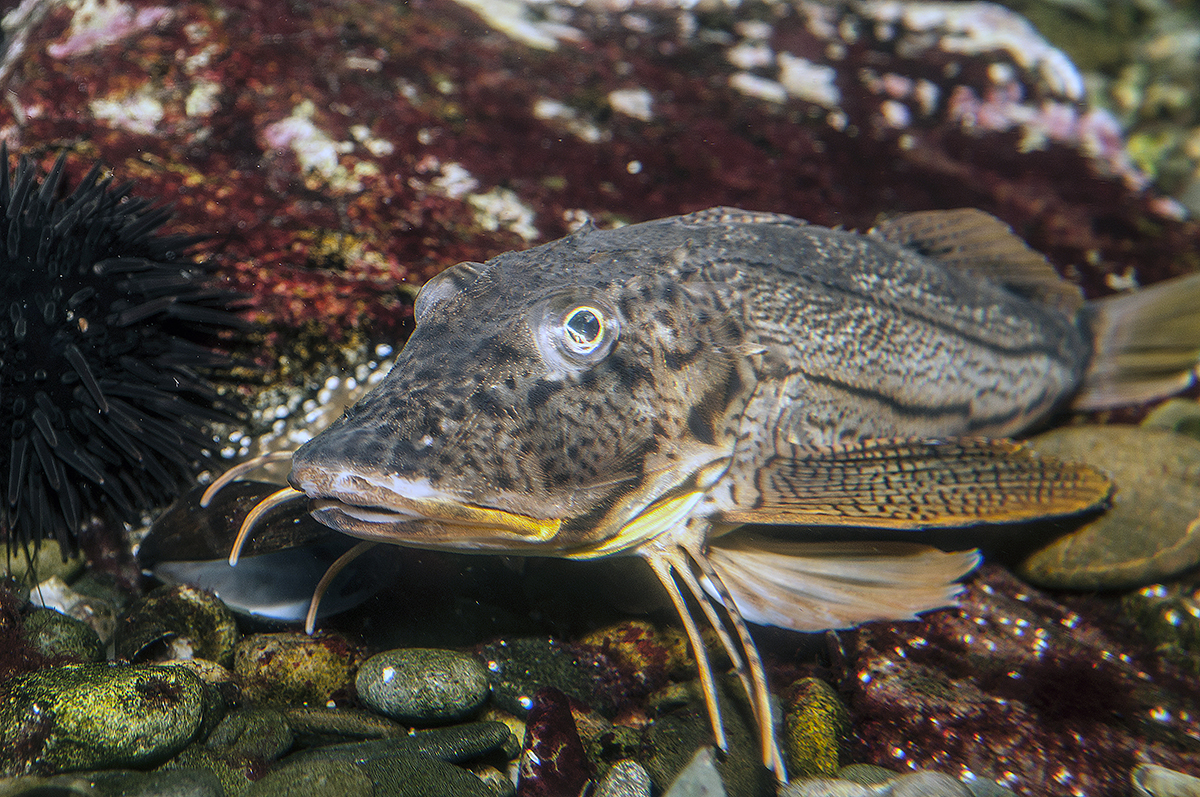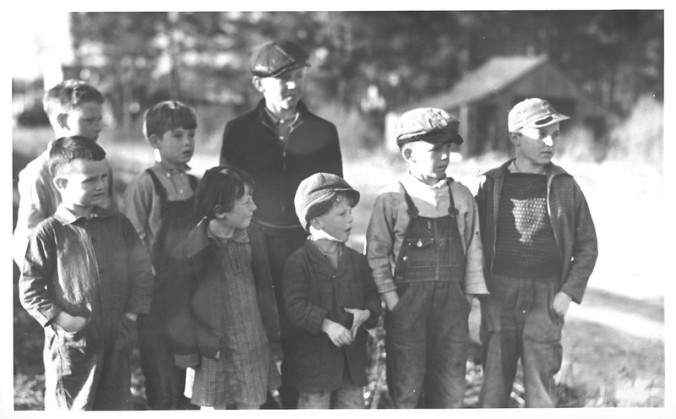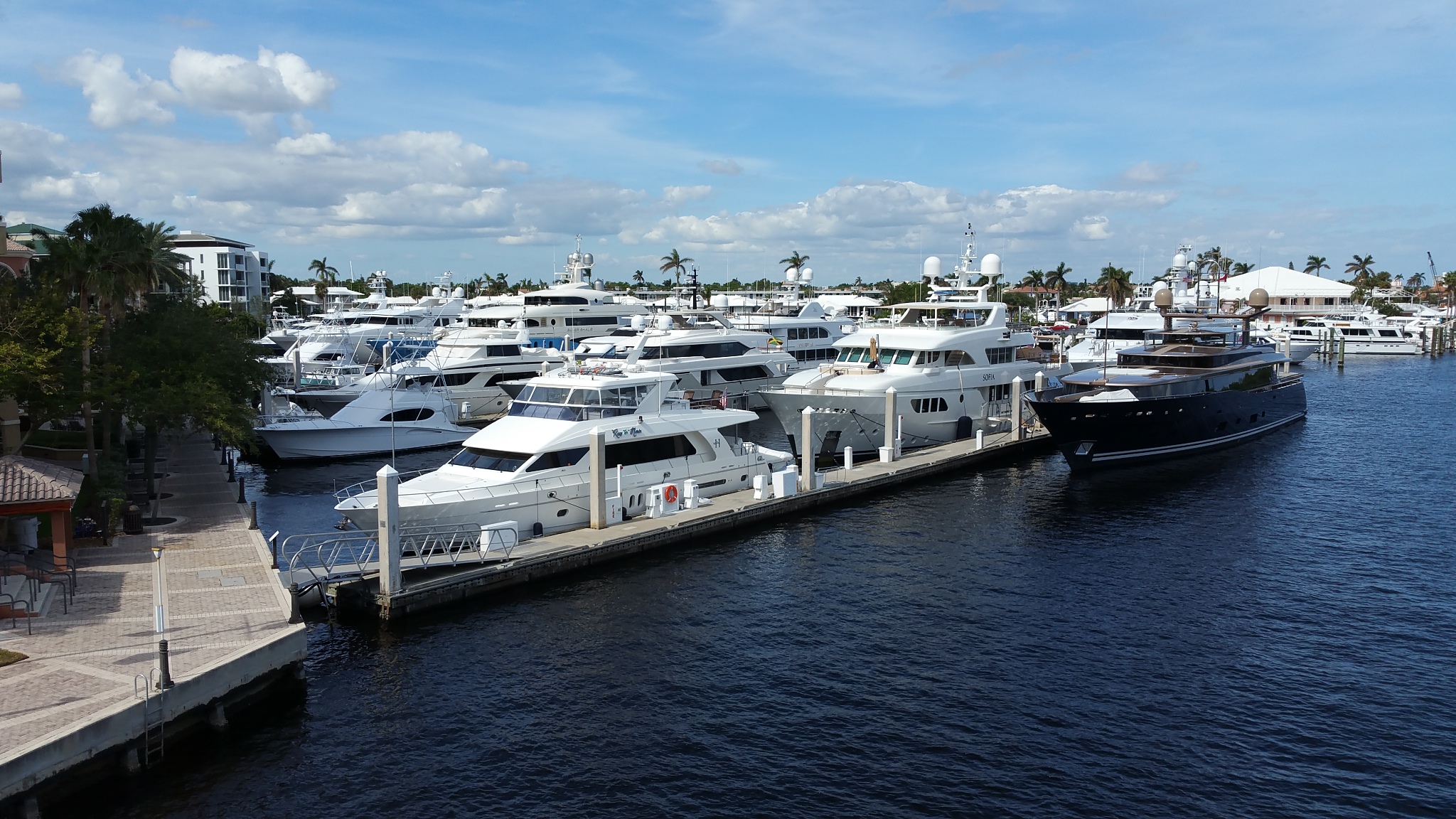The Future of Navigation Charts
The accuracy of future charts depends on all of us using NOAA Custom Chart today.
Help Wanted
Bob Sweet – Passage Maker
The accuracy of future charts depends on all of us using NOAA Custom Chart today.
Help Wanted
Bob Sweet – Passage Maker
Know the potential warning signs of an incoming tsunami. Learn about the science of these dangerous waves to help you and your community stay safe!
| Learn the many ways Tsunamis are formed and how to stay safe if you are in the danger zone. |
|
The Florida Keys National Marine Sanctuary continues to offer a free, online course so boaters can learn how to protect themselves, their vessels, and the unique Keys marine environment.
Sanctuary offers free boating class online | Mile Markers | keysnews.com
Key West Citizen
|
An interesting report on the early development of the Southwest Florida Waterway.
History of the Intracoastal Waterway
Bradenton Times

View of the Intracoastal Waterway at Lido Beach circa 1946. Photo: State Archives of Florida
 |
View of the Intracoasta Waterway at Lido Beach circa 1946. Photo: State Archives of Florida |
Sunday, Jan 16, 2022 |
Back in the 1890s, when people were just starting to realize the agricultural potential of the area, it became clear that there was an advantage to transporting popular exports like citrus, vegetables, livestock, lumber and fish to neighboring villages through inland waters, which were sheltered from severe weather and could provide safe passages to shallow-draft vessels unable to go offshore.
Local communities requested the assistance of the federal government and the United States Congress committed $5,000 for the project. In 1895, the U.S. Army Corps of Engineers began dredging a 100-foot-wide channel, nine feet deep, that ran from southern Tampa Bay to Charlotte Harbor. The Intracoastal Waterway took 72 years to complete, according to document The Historical Development of the Gulf Intracoastal Waterway: The Boating Geography of Southwest Florida Before Development.
At the time, the 54-mile stretch from Tampa Bay to Gasparilla Sound included three separate bays that were not connected: Big Sarasota Bay; Little Sarasota Bay and Lemon Bay. These bays were separated by natural barriers, mostly mangroves, and had varying depths and navigability. Settlers were forced to sail around these barriers into open water, which left them vulnerable to choppy seas and unpredictable weather patterns.
The dredging occurred sporadically and began in south Tampa Bay with a series of cut-throughs. The first “cut,” joined Tampa Bay and Sarasota Bay in 1895. The following year, Sarasota Bay joined Casey’s Pass. In 1907, another cut through extended to Venice. The plan worked. By 1917, all sorts of goods were being transported safely from Tampa to Charlotte Harbor. Some of the major supplies were brick, canned goods, groceries, cement, corn, fertilizer, grain, ice and lumber. In 1919, Congress approved more funding for a wider channel to accommodate more traffic.
At the time, an experimental vessel was tasked with the dredging project. “Suwannee” was a U.S. steam snag boat, 100 feet in length with a shallow draft and a square bow. With the help of a 10-man-crew, she sucked slurry from the bottom and discharged it along the shore while a derrick lifted rocks and snags from the bottom. A launch, float boat and two rowboats accompanied her during the project.
The project went so well, that in 1939 the Board of Engineer for Rivers and Harbors recommended another intracoastal project reaching from Tarpon Springs to Fort Myers. A 3-foot-deep by 75-foot-wide channel existed from Sarasota to Venice. The Corps of Engineers surveyed Lemon Bay in 1899 but determined insufficient economic justification for dredging the southern inland waterway sector to Gasparilla Sound.
The sea robin is one weird-looking fish.

A striped sea robin. Photo: Robert Michelson
What’s on the line? It’s a bird, it’s a plane — it’s a sea robin
CoastalReview.org
Historian David Cecelski illustrates with a series of photographs life in 1930s and 1940s fishing communities as well as the man who took the photos, Charles Farrell.

Manns Harbor, 1937-39. Photo: Charles A. Farrell, courtesy, State Archives of North Carolina
Lost photographs: Remembering NC’s fishing communities
The Gulfport Historical Society continues to offer educational activities for the City of Gulfport, home to Gulfport Municipal Marina, A CRUISERS NET SPONSOR, located on the northern shores of Boca Ciega Bay and easily accessible from the Western Florida ICW, just north of Tampa Bay.
|
Is your boat over 50ft? Is bigger better? After ten years on a 50ft trawler on the ICW, this editor was thinking smaller. What do you think?

Bigger Boats Equals Bigger Opportunities & Bigger Challenges
Marina Dock Age
This week’s lowest current marina fuel prices as of Jan 12
Diesel Range: $2.76 to $3.99 Lowest @ Dudley’s Marina in (North Carolina)
Gas Range: $3.40 to $4.73 Lowest @ Mandarin Holiday Marina in (St Johns River)
Remember to always call the marina to verify the current price since prices may change at any time. Also please let us know if you find a marina’s fuel price has changed via the Submit News link.
All Regions (Price Range $2.76 to $4.72)
Virginia to North Carolina (Price Range $3.29 to $3.82)
North Carolina (Price Range $2.76 to $3.99)
South Carolina (Price Range $2.90 to $4.72)
Georgia (Price Range $3.29 to $3.83)
Eastern Florida (Price Range $3.41 to $4.64)
St Johns River (Price Range $2.85 to $3.90)
Florida Keys (Price Range $3.59 to $4.27)
Western Florida (Price Range $2.99 to $4.28)
Okeechobee (Price Range $3.71 to $3.71)
Northern Gulf (Price Range $3.20 to $3.64)
Be the first to comment!